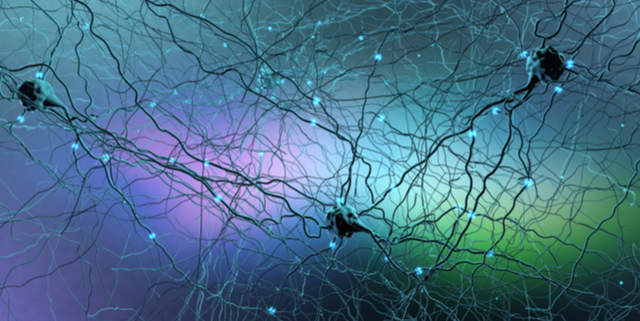Peripheral Nerve Stimulation: 6 Things to Know about This Treatment for Chronic Pain
Maybe you’ve suffered from chronic pain because of a nerve disorder, disease, or injury.
It could be you’ve tried many treatments that haven’t worked.
Peripheral nerve stimulation may be the treatment that does.
Here are six things to know:
1. What is peripheral nerve stimulation (PNS)?
PNS is a treatment that works by interrupting the signals from your nerves to your brain using electrical impulses.
These impulses stimulate the peripheral nerves, which run throughout the body — from the head down to the spinal cord and organs, then out to the limbs and extremities.
2. What conditions does it treat?
- lower back pain
- neck pain
- foot pain
- complex regional pain syndrome (CRPS)
- diabetic peripheral neuropathy (numbness, tingling, and burning pain in arms, hands, legs, and feet)
- cluster headaches
- occipital neuralgia (headache pain in the back of the head, one side of the head, behind the ears, and in the neck)
- chronic migraine
- nerve pain of the lower abdomen and upper thigh (ilioinguinal neuralgia)
- pain from nerve injuries
- intercostal neuralgia (pain in the chest wall and from top of shoulders down to upper arms and just below the pectorals)
- meralgia paresthetica (pain in the outer thigh)
- pain from hernia surgery or knee surgery
- peripheral vascular disease
- post-amputation (stump) pain or phantom limb pain
- post-herpetic neuralgia (burning pain caused by shingles)
- post-thoracotomy syndrome (Pain from chest incision for heart and other vital organ surgery)
- trigeminal neuralgia (pain in the face)
3. What it doesn’t treat.
PNS is less effective for severe pain in the lower extremities (feet), abdomen, and trunk (top of shoulders down to upper arms and just below the pectorals).
Dorsal root ganglion stimulation is a better treatment for this kind of pain.
It stimulates the cluster of nerve cells near the spinal cord responsible for relaying pain signals between the peripheral nerves and the spinal cord.
4. Am I a candidate for this treatment?
First, your pain specialist will find out whether a specific peripheral nerve is causing your pain.
For example, if you have thigh pain caused by the lateral femoral cutaneous nerve.
Next, they will examine your treatment history.
They will likely recommend you try conservative treatments such as physical therapy, over-the-counter medications, and nerve blocks before peripheral nerve stimulation.
5. What does the procedure involve?
A clinician specially trained in anesthesiology (anesthesiologist), physiatry (physiatrist), neurology (neurologist), or neurosurgery (neurosurgeon) performs the procedure.
A nurse or the clinician will first administer a mild sedative (typically through an IV) and a local anesthetic on the skin area where the operation will occur.
The clinician will then use a small needle or make a small incision for inserting the lead (small wire protruding from the device) near the peripheral nerve.
The procedure causes mild, post-op pain at the incision or injection site (after the anesthetic has worn off).
It’s performed on an outpatient basis and takes less than an hour.
6. PNS is NOT to be confused with…
Peripheral nerve stimulation differs from other electrical impulse procedures such as transcutaneous electrical nerve stimulation and spinal cord stimulation.
Caring, Advanced Nerve Pain Treatment in Texas
If you have or think you may have chronic pain caused by a nerve disorder, injury, or disease, we can help.
To book an appointment or find out how the friendly, expert pain specialists at Texas Pain Physicians can help, please give us a call at (972) 636-5727 or book online.



